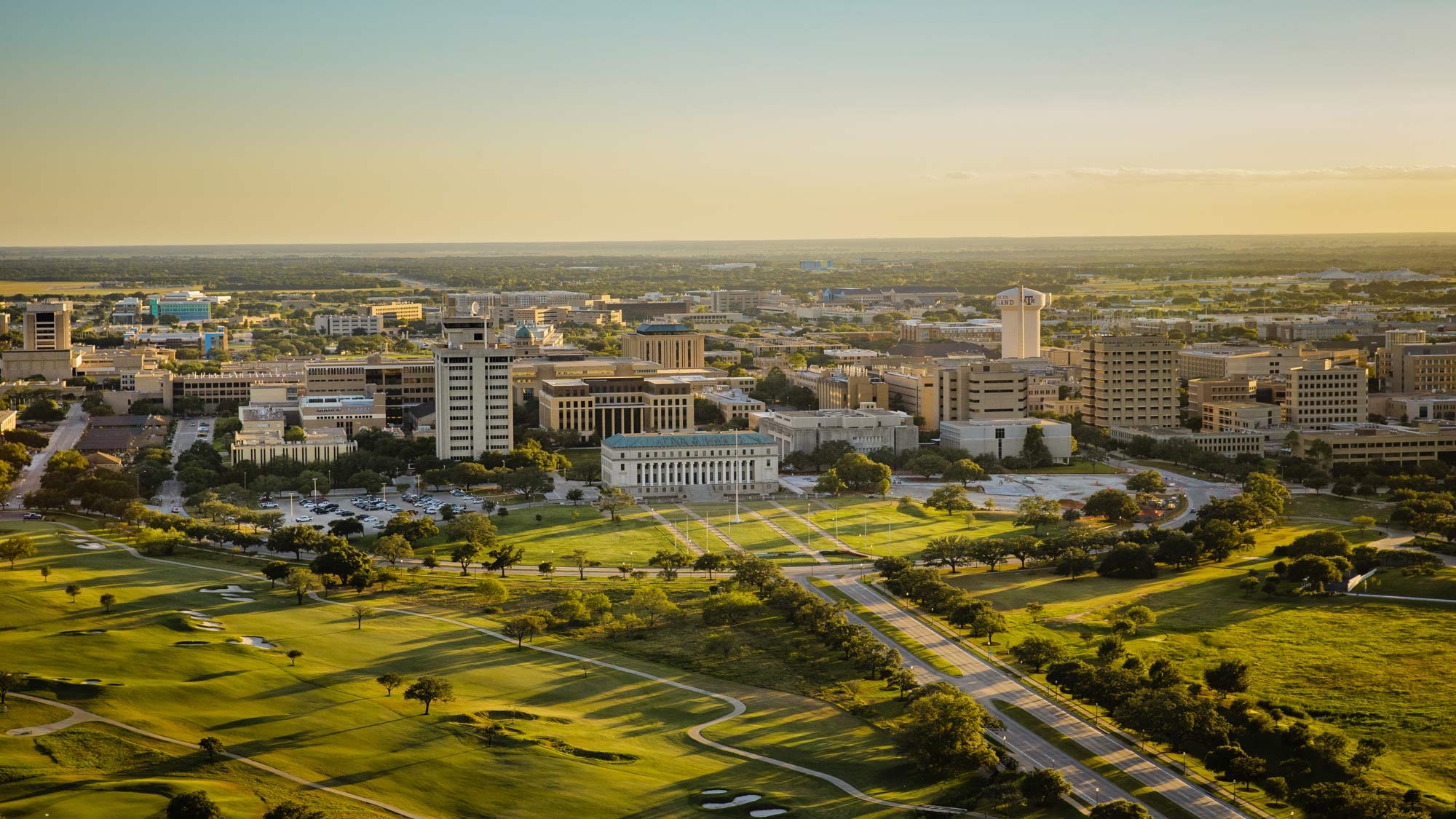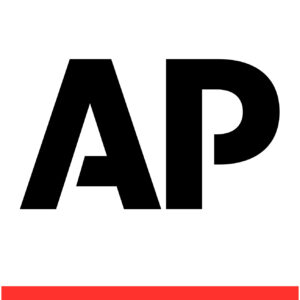
The Associated Press
The US hasn’t seen a human bird flu case in 3 months. Experts are wondering why
 The Associated Press • May 19, 2025
The Associated Press • May 19, 2025Texas A&M University scientists have collected blood samples from dairy workers in multiple states to test for signs of past H5N1 exposure, said David Douphrate, a workplace health and safety expert leading the project. The yearlong study is funded by a nearly $4 million grant from the CDC and is expected to conclude in July.
Extreme heat will make it feel more like August than May for Texas, parts of southeastern US
 The Associated Press • May 13, 2025
The Associated Press • May 13, 2025This week’s extreme heat was predicted to have some Texas cities experiencing the longest string of triple-digit days they have ever had before in June, said John Nielsen-Gammon, the Texas state climatologist.
Officials to test water from Ohio village near Cold War-era weapons plant after newspaper probe
 The Associated Press • Apr 25, 2025
The Associated Press • Apr 25, 2025Taehyun Roh, a Texas A&M University scientist who specializes in environmental exposures, said regulators should also conduct air and soil testing to assess the extent of the contamination and identify the source. “Since this area likely has high radon levels, testing for radon in both air and water is advisable,” he wrote in an email. “A safe drinking water advisory should be issued, recommending the use of bottled water until further assessments and mitigation measures are in place.”
Ranchers hope Trump’s tariffs boost demand for cattle but some fear market uncertainty
 The Associated Press • Apr 15, 2025
The Associated Press • Apr 15, 2025The number of cattle being raised across the country has been shrinking for decades to reach the current historic lows of around 28 million, but Texas A&M livestock economist David Anderson said even though that’s less than two-thirds of the number of cattle there were in 1975, more beef — some 26.7 billion pounds — was actually produced last year. That’s because the American beef industry has become so good at feeding cattle and breeding larger animals that now every head of cattle produces more meat. Anderson said that means there’s less incentive to expand the herd.
Scientists release plans for an even bigger atom smasher to address the mysteries of physics
 The Associated Press • Apr 1, 2025
The Associated Press • Apr 1, 2025“This set of reports represents an important milestone in the process, but a full sense of the likelihood of it being brought to fruition will only be known through careful studies by scientists, engineers and others, including politicians who must make difficult decisions at time when uncertainty rules the day,” Dave Toback, a professor of physics and astronomy at Texas A&M University, said in an e-mail.
Under pressure from Trump, Columbia plans its next move with other colleges watching closely
 The Associated Press • Mar 19, 2025
The Associated Press • Mar 19, 2025Columbia’s response will set an example for the rest of higher education but there are no easy options, said Rachel Moran, a law professor at Texas A&M University. It appears the Trump administration improperly cut the university’s funding, she said, but there’s no guarantee a judge would restore the aid amid a legal challenge. And Columbia has to consider other factors, including the possibility of future retaliation from the administration.
Egg prices continue to hit records as Easter and Passover approach, but some relief may be coming
 The Associated Press • Mar 12, 2025
The Associated Press • Mar 12, 2025David Anderson, a professor and extension economist for livestock and food marketing at Texas A&M University, said wholesale figures dropping is a good sign that prices could go down as shoppers react to the high prices by buying fewer eggs. “What that should tell us is things are easing a little bit in terms of prices,” he said. “So going forward, the next CPI report may very well indicate falling egg prices.”
